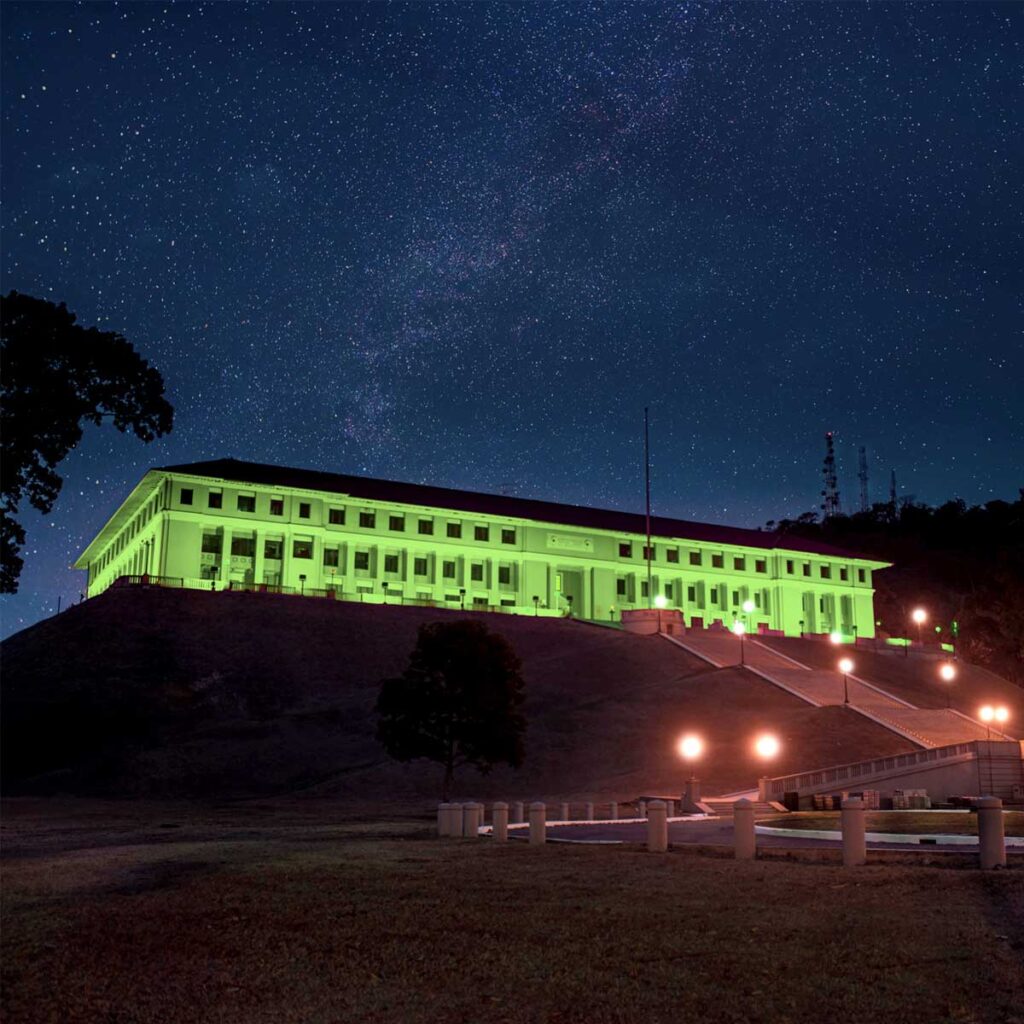What is the Panama Canal’s social responsibility? It is the full awareness of its symbiosis with society, the economy and the environment. Since December 31, 1999, the Canal institution went from functioning as a foreign entity to being one of the main drivers of progress for the country.
In the economic aspect and beyond the contributions to the national treasury, the impacts of the interoceanic waterway benefit multiple institutions, government agencies and civil society, as well as industries related to maritime transportation. The commercial exploitation of the Canal’s geographic position has had its high points: the implementation of the Torrijos-Carter Treaties in 1979, the final transfer of the Canal to Panamanian hands in 1999, and the inauguration of the Third Set of Locks.
The care of the Canal Watershed’s forest cover became a priority: science has shown that the health of the communities, fauna and flora of its 3,313 square kilometers is the key to abundant water. Science that alerts us to drastic climate change and pushes us to take scientific thinking to its highest level. This environmental responsibility ensures water for the consumption of half of the country and the validity of its ships’ traffic.
The key to this process is innovation, as historian Omar Jaén Suarez has rightly pointed out in his works. The Panama Canal has been a pioneer in the implementation of technology in the Isthmus with exclusive machinery and high-level engineering, and the specialized labor that maintains it. The Canal keeps the memory of its mistakes and successes to improve its practices and affirm its values.
This historical responsibility protects the documentary and monumental heritage of the country.
Just as the science of corporate social responsibility has gone from being done to being worldwide, we must also go beyond seeing the Canal as a mere box of direct contributions, to understand it as a Panamanian state enterprise that contributes to the development of the country through concrete actions such as water conservation and management, the development of the communities of the Watershed, the attraction of tourism and reforestation projects throughout the national territory, among others.
The Panama Canal’s influence on Panamanian society is its greatest responsibility. In this edition of El Faro, we explore how the Canal’s strategic planning pursues science-based objectives to contribute to the well-being of the country and its inhabitants.
Marianela Dengo de de Obaldía
Vice President of Communication and Corporate Image
